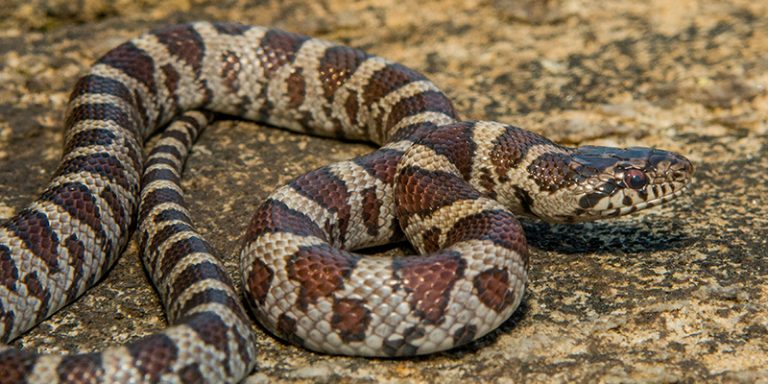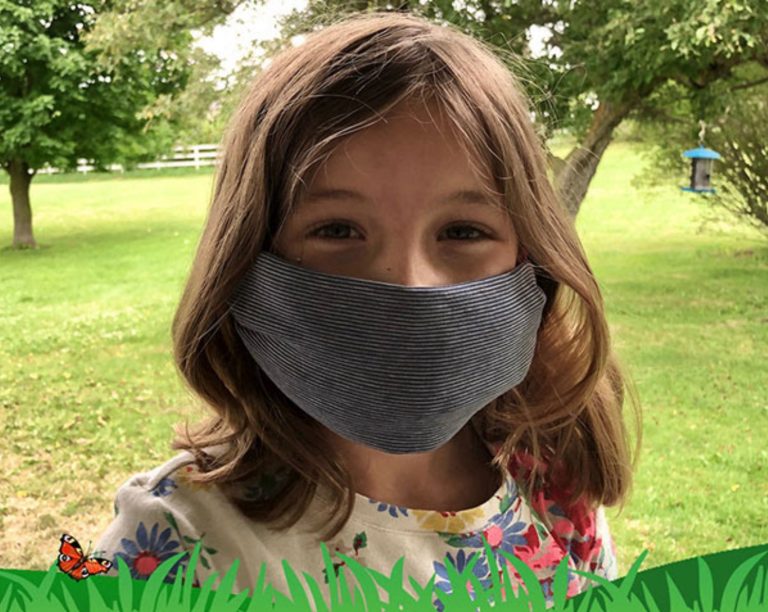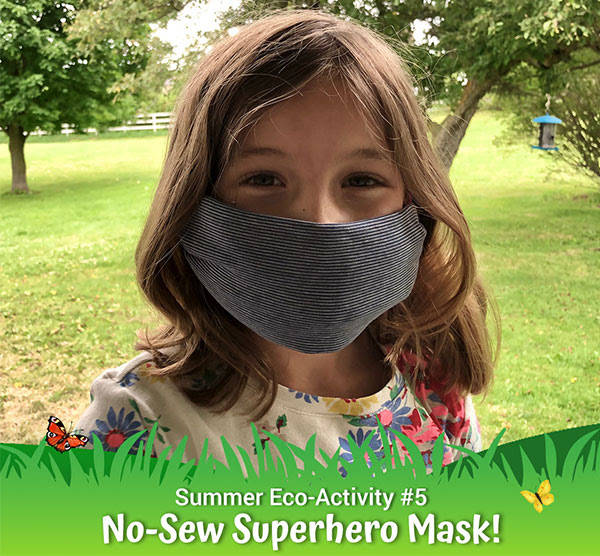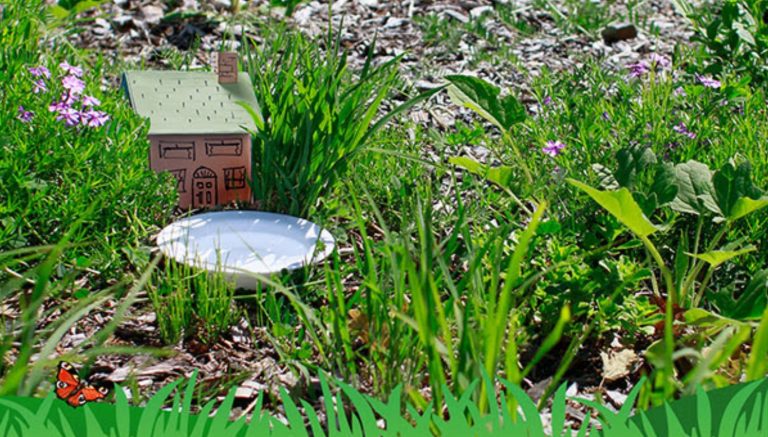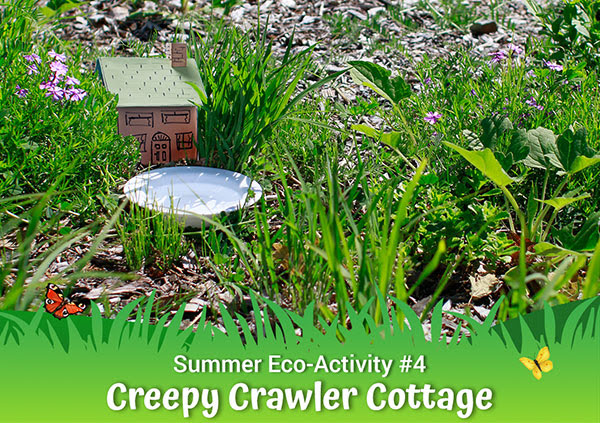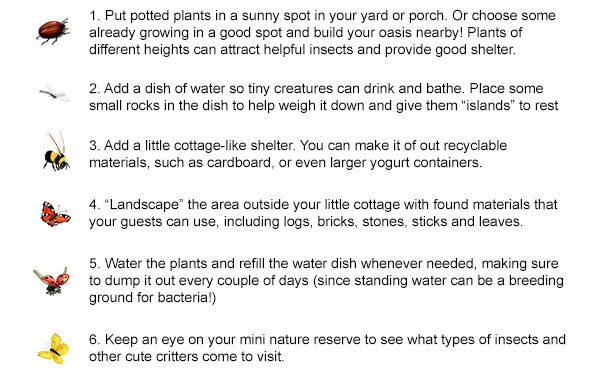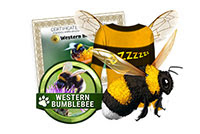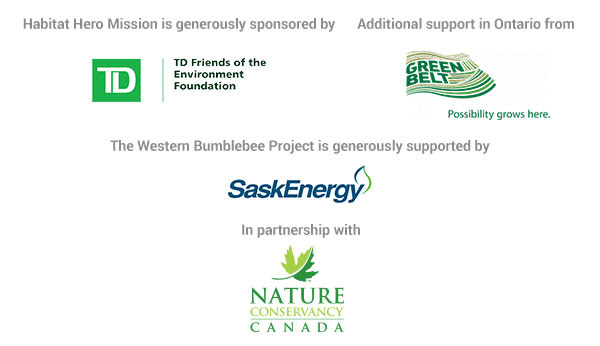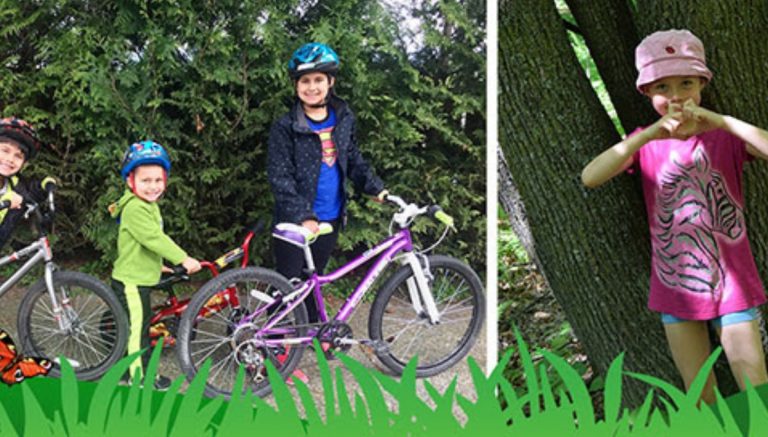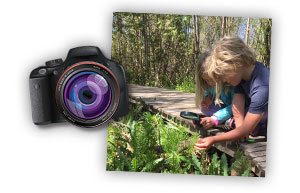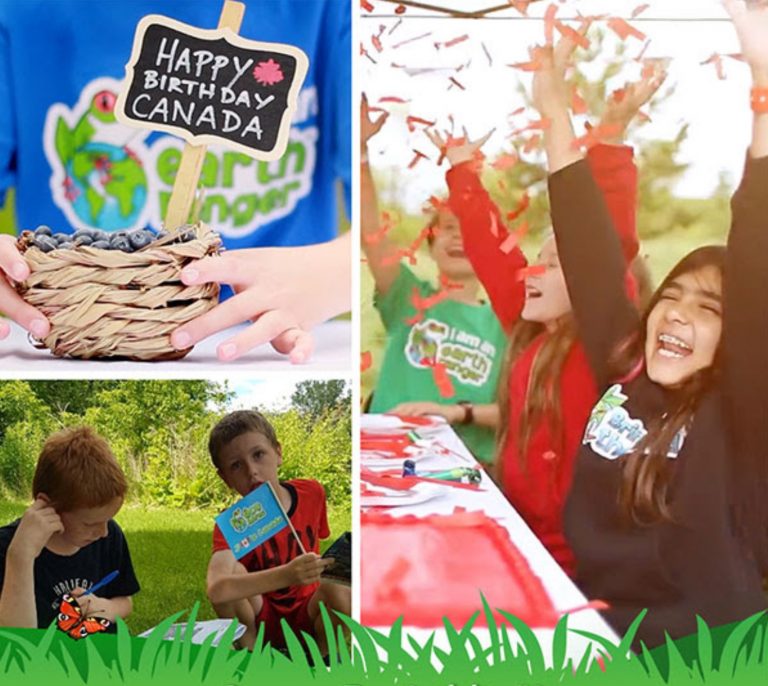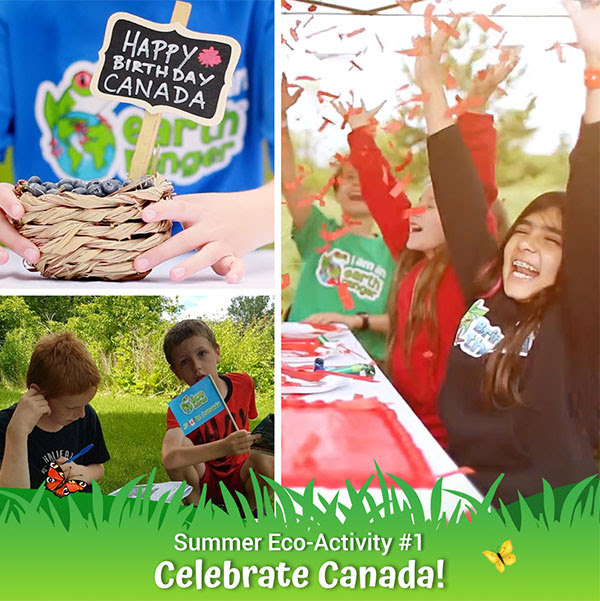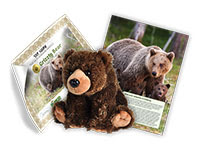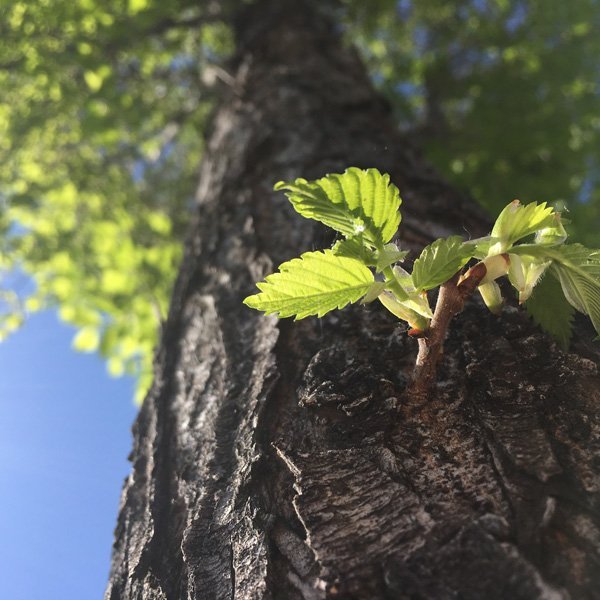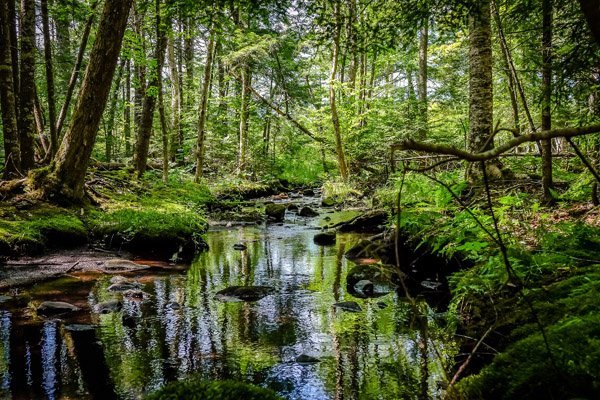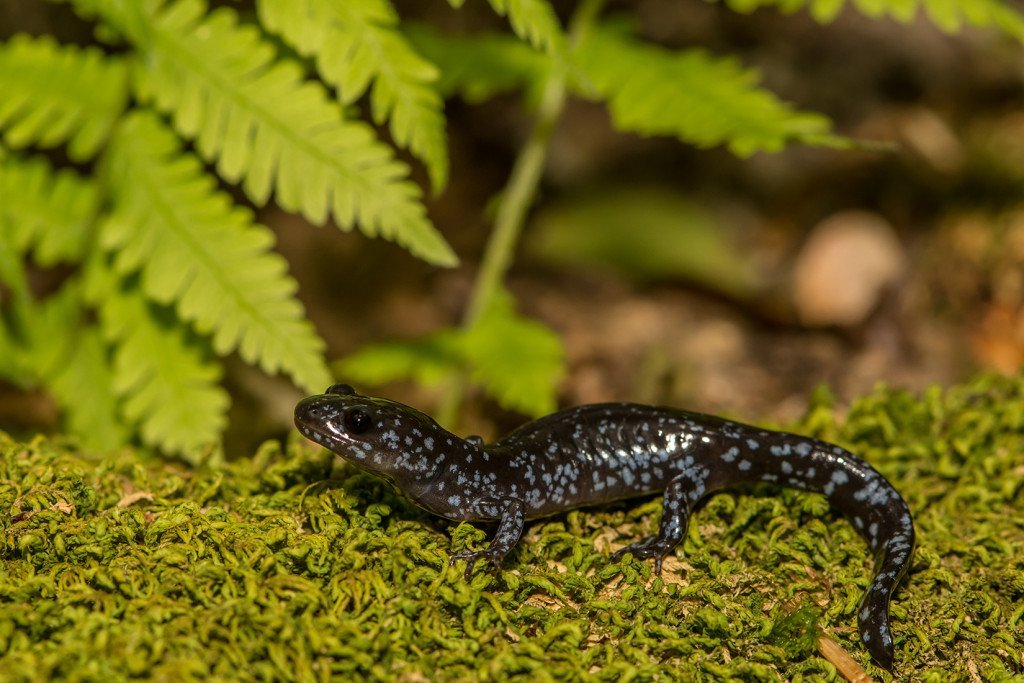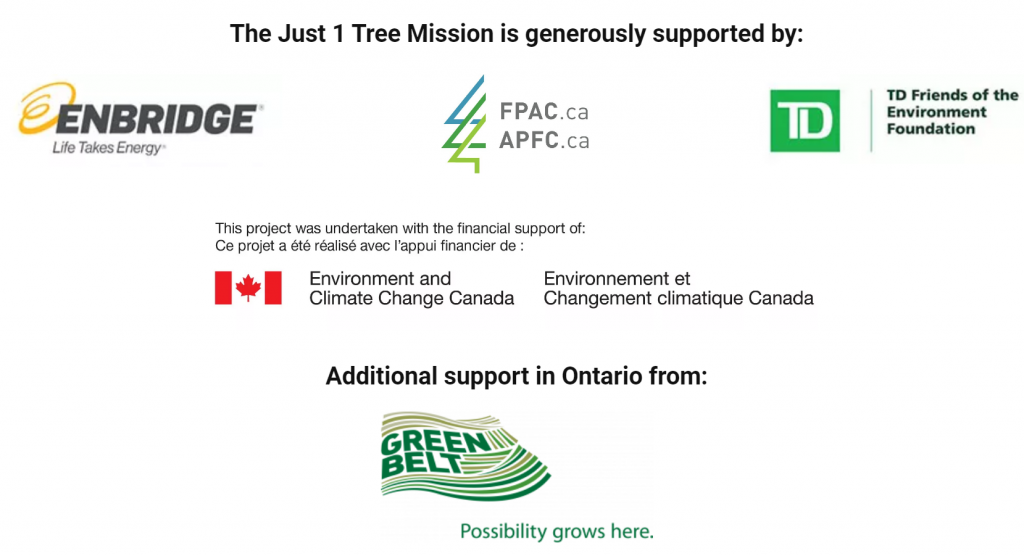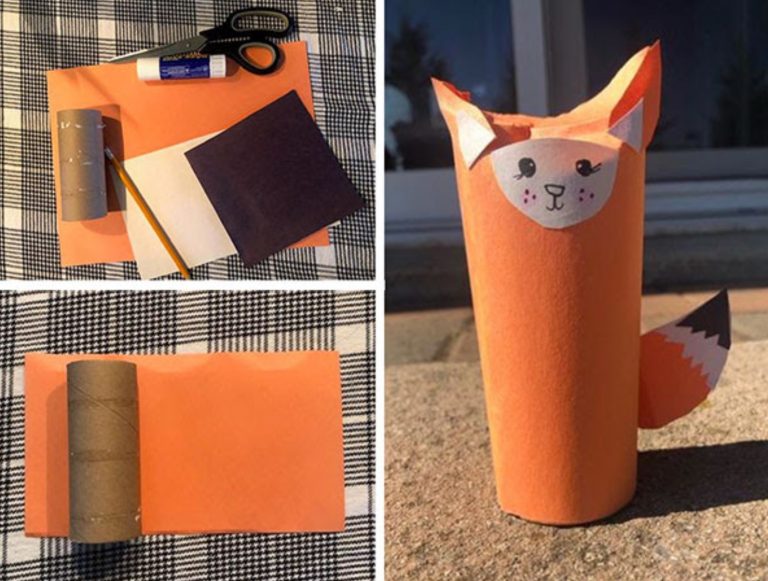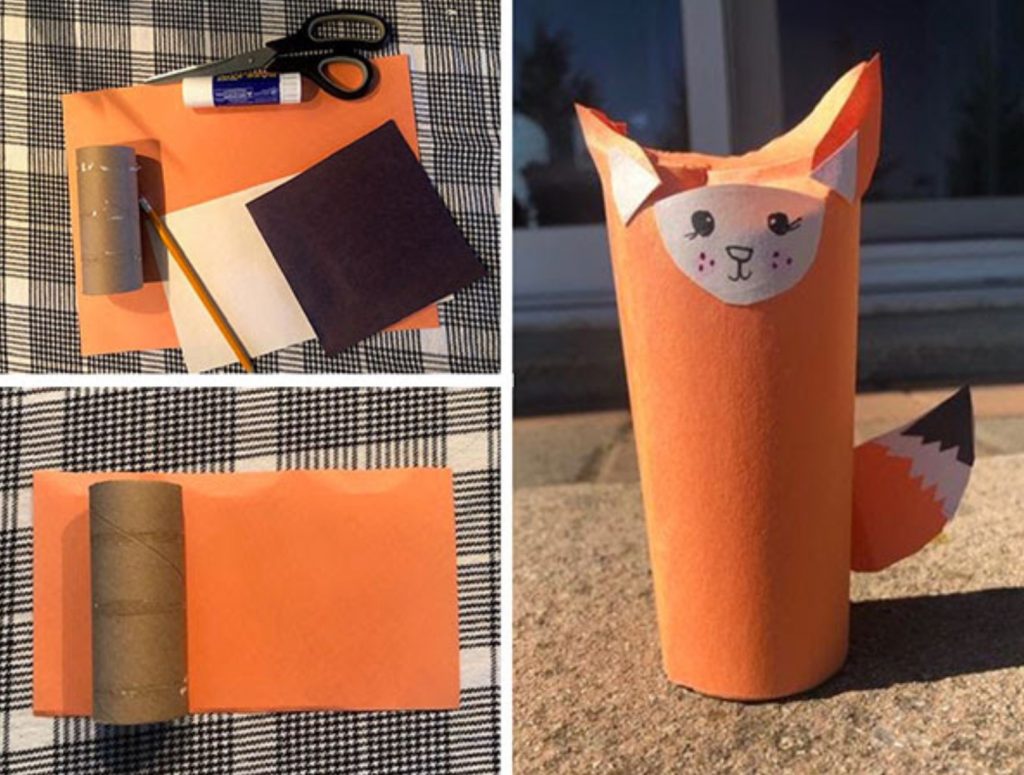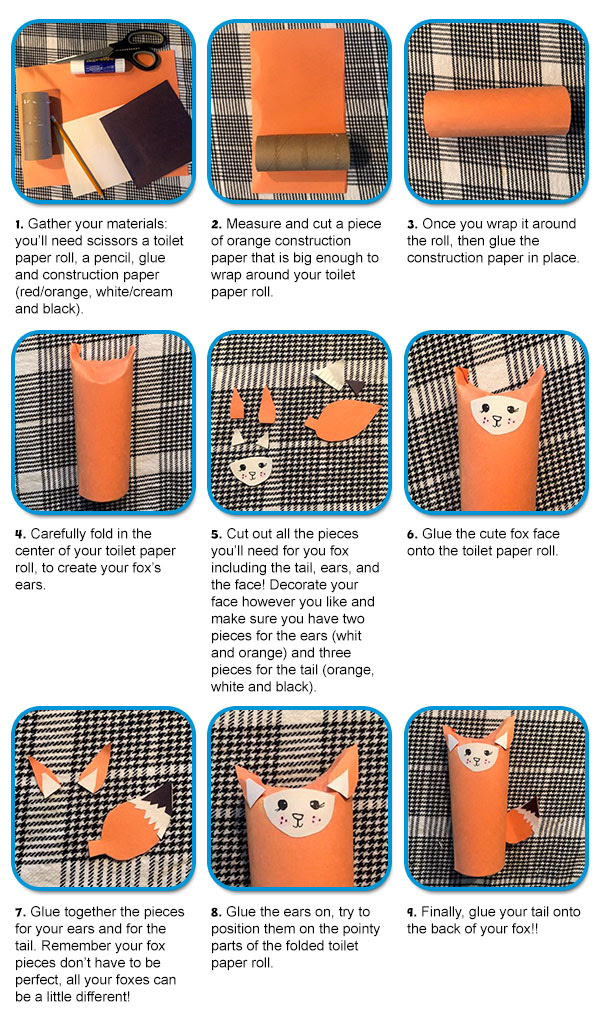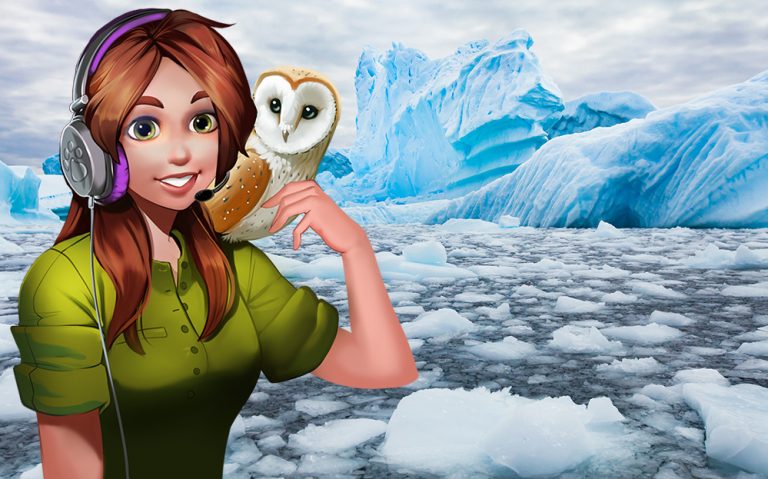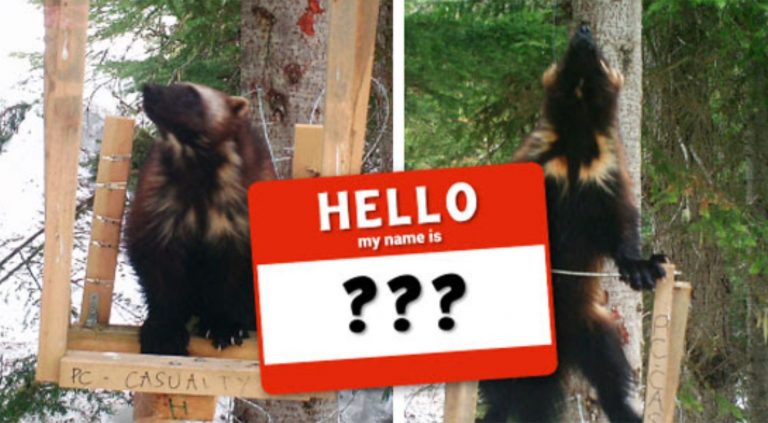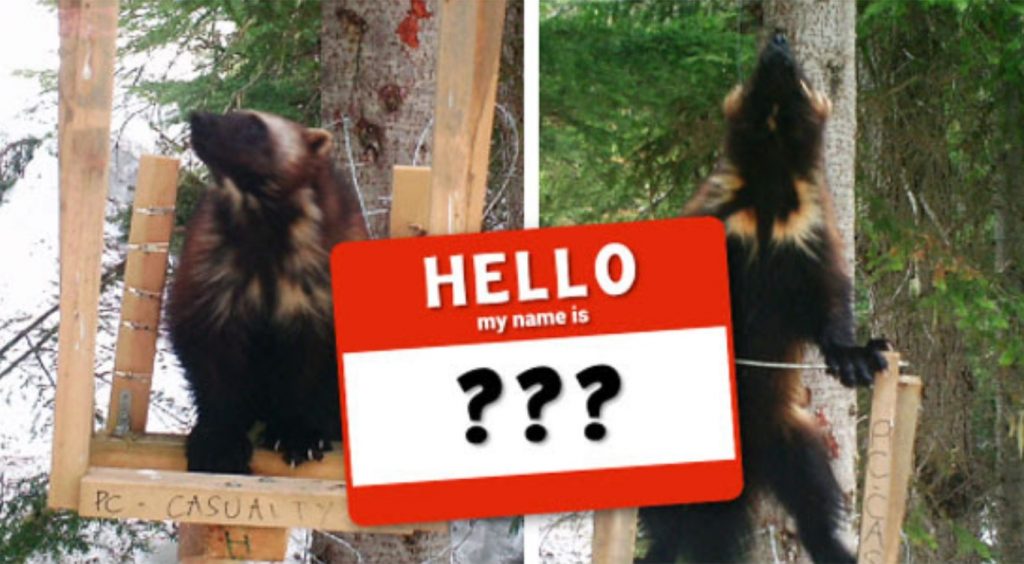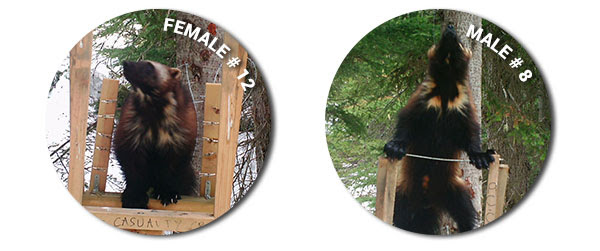July is a big month for the eastern milksnake: not only is it when you’ll find International Snake Day (although if it were up to us, we’d make every day International Snake Day since we think they’re ssssssuper cool all year long), it’s also when female snakes everywhere are laying their eggs!
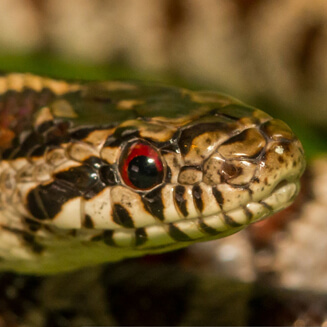
Milksnakes hibernate from October – April every year, but it doesn’t take long after they wake from their winter slumber to start thinking about a future family. Between May – July every year, milksnake mamas scope out piles of leaves, rotting logs, or other safe places to nest. Then they’ll lay between 6-20 eggs and in a couple of months will welcome their new babies!
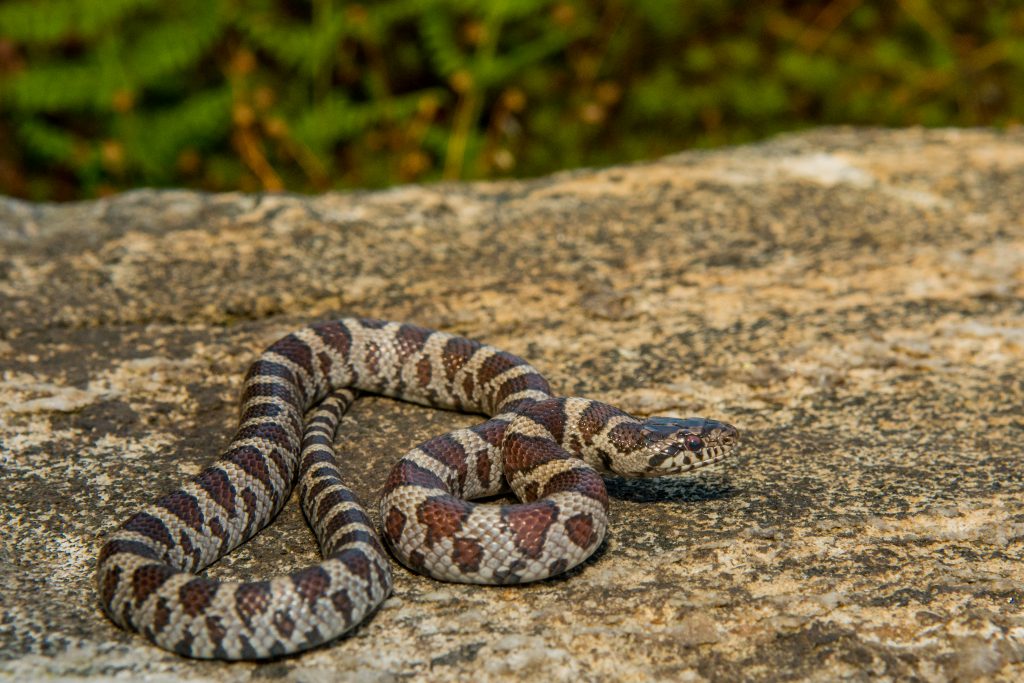
You might guess that because they lay a lot of eggs at once, eastern milksnakes should be slithering around all over the place. But because they don’t lay their eggs until they’re at least 3 or 4 years old, and after that will only lay eggs once every 2 years, their populations don’t grow as quickly as you might think! This also means that their populations can really struggle to come back after a disturbance. That’s why it’s so important that we do what we can to protect them, and one of the best ways to do just that is to make sure they have lots of safe habitats to call home. That’s why we’re working with the Toronto Region Conservation Authority on the Meadoway Project!
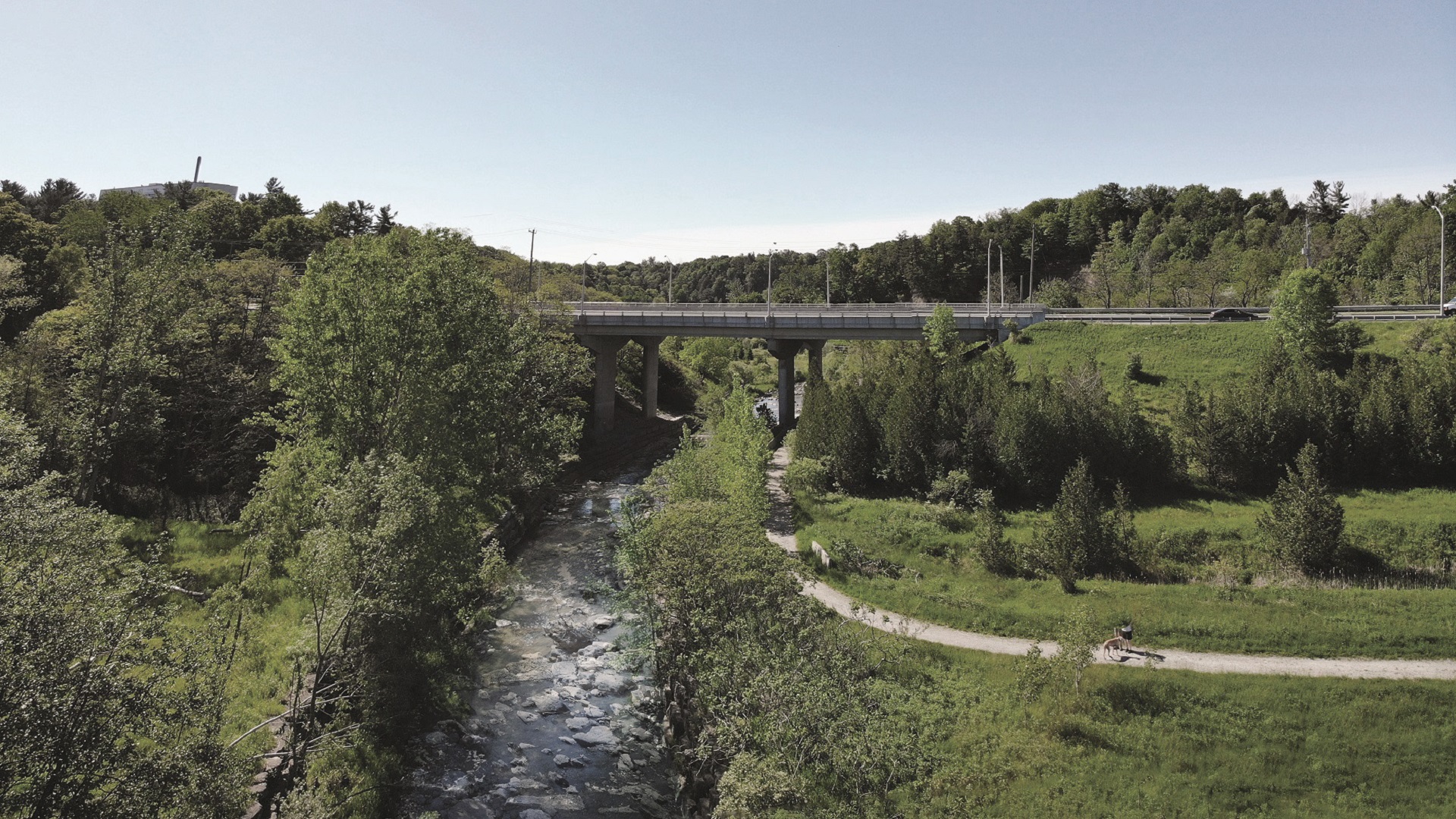
The Meadoway is a 16 kilometre long urban greenspace and meadowland, stretching from the Don River Ravine in downtown Toronto to Rouge National Urban Park. Connecting 4 ravines, 15 parks, and 34 neighbourhoods, it will become one of Canada’s largest linear urban parks – not to mention one of its richest meadow habitats, home to over 1,000 diverse species of plants and animals! Meadow habitats are in decline across Ontario, and this can mean big trouble for the animals (like the milksnake) that rely on them. By protecting this important stretch of habitat, we’ll be helping the eastern milksnake and hundreds of its animal BFFs find a safe home for years to come!
Proudly supported by:

In collaboration with:



